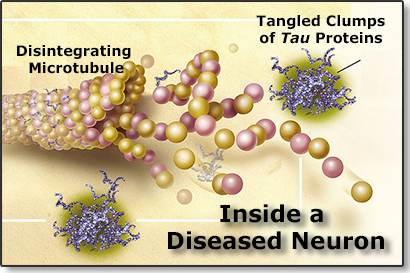After Effects
Repeated "Bangs" are Bad
 Courtesy ThinkStock: Timothy Large |
Normally, concussion symptoms resolve in a matter of weeks. For sufferers of Post-Concussion Syndrome (PCS), the thinking, behavioral, and emotional symptoms associated with their concussion fail to resolve and sometimes linger for up to a year after the injury. A growing body of evidence indicates a high number of concussions can cause long-term memory impairment, emotional instability, erratic behavior, depression, problems with impulse control, and early onset neurodegenerative diseases. Much research is still required to prove connections between concussions suffered in youth with neurodegenerative diseases later in life. One of the most serious and significant neurodegenerative diseases suspected of resulting from repeated concussions is chronic traumatic encephalopathy (CTE). |







